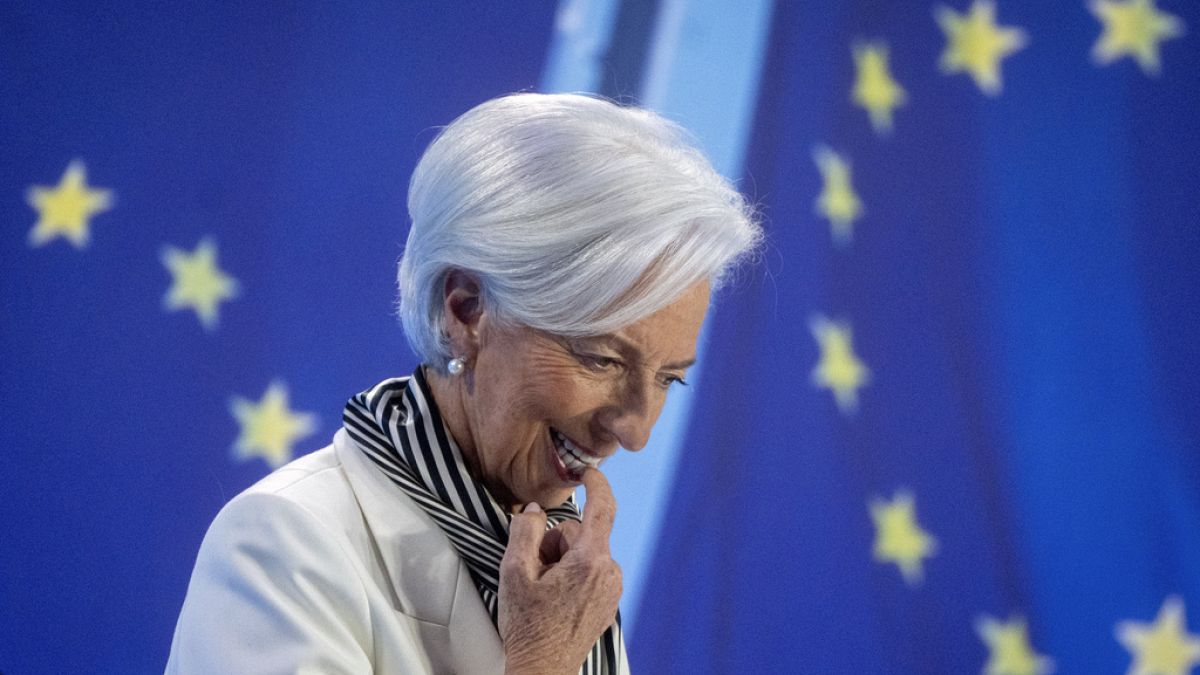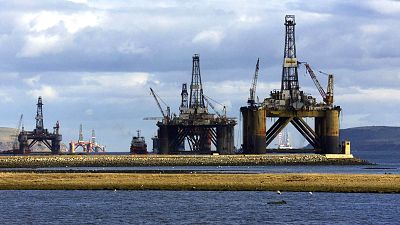The European Central Bank may ease policy restrictions at the next June meeting, dependent on data reinforcing policymakers' confidence on disinflation. ECB President Christine Lagarde emphasised ECB's independence from the Fed.
June could mark the beginning of a rate-cutting cycle for the Eurozone, contingent on forthcoming inflation data further bolstering the confidence of European Central Bank (ECB) policymakers.
During the press conference after the ECB's April policy meeting, President Christine Lagarde laid the groundwork for a possible rate cut in June, while stressing the importance of staying data-dependent.
"If our updated assessment of the inflation outlook, the dynamics of underlying inflation and the strength of monetary policy transmission were to further increase our confidence that inflation is converging to our target in a sustained manner, then It would be appropriate to reduce the current level of monetary policy restriction,” Lagarde stated.
ECB's April meeting sees dissidents; Lagarde sees inflation fluctuations
The ECB maintained its key interest rates unchanged at its April meeting, in line with market expectations. However, the decision was not unanimous, as a few members were already in favour of easing rates at this meeting.
"A few members felt sufficiently confident on the basis of the limited data that we received in April. It was just a few members and they agreed to rally to the consensus," Lagarde said.
Lagarde noted that the primary ECB interest rates were significantly aiding the disinflation process. Eurostat's flash estimate shows inflation fell from an annual rate of 2.6% in February to 2.4% in March, with most underlying inflation measures declining further, suggesting a gradual easing of price pressures.
However, "the inflation declines which we have observed so far are not going to be linear and we will have fluctuations in the coming months," Lagarde explained. She projected a decline to the target only by next year due to softer growth in labour costs, the impact of restrictive monetary policy, and diminishing effects from the energy crisis and the pandemic.
Service sector inflation remains high at about 4% over the past five months, and domestic inflation, largely driven by services, stands at 4.5% for the last three months. Nevertheless, Lagarde reiterated that the ECB considered all inflation components in its assessments.
"It's inevitable that some items and some segments will be at higher levels and we will look at all of them to make our determination and to decide whether on the basis of that assessment we are confident enough," the President stated.
When asked if recent higher-than-expected US inflation altered the ECB's stance, Lagarde affirmed the ECB's autonomy, highlighting economic differences between the US and the Eurozone: "We're not Fed dependent," she asserted.
She rejected concerns that inflationary pressures in the United States would significantly influence the ECB's policy choices and refuted the notion that the ECB's actions would simply follow the Fed's lead.
Ultimately, Lagarde maintained a neutral stance, deferring any decisions to June when "a lot more information" will be available. She conveyed that while "few members" were ready for a rate cut in April, the consensus among members was to operate on a meeting-by-meeting basis without pre-commitments to any rate path.
Market expectations and the road ahead
Markets fully anticipate a rate cut in June, having already priced in 85 basis points of ECB rate cuts in 2024. The expected pace of ECB rate reductions is faster and more aggressive than that of the Fed, which is anticipated to cut less than 50 basis points by December.
However, it seems that the main uncertainty surrounding the extent and speed of the anticipated rate-cutting cycle in the second half of the year is primarily linked to the recent surge in energy prices, especially oil, and the potential for heightened tensions in the Middle East.
"On the oil prices, it's obviously an item which matters a lot. We have learnt from the recent shocks that energy cost play a significant role and we are very attentive to those evolutions," Lagarde concluded.



